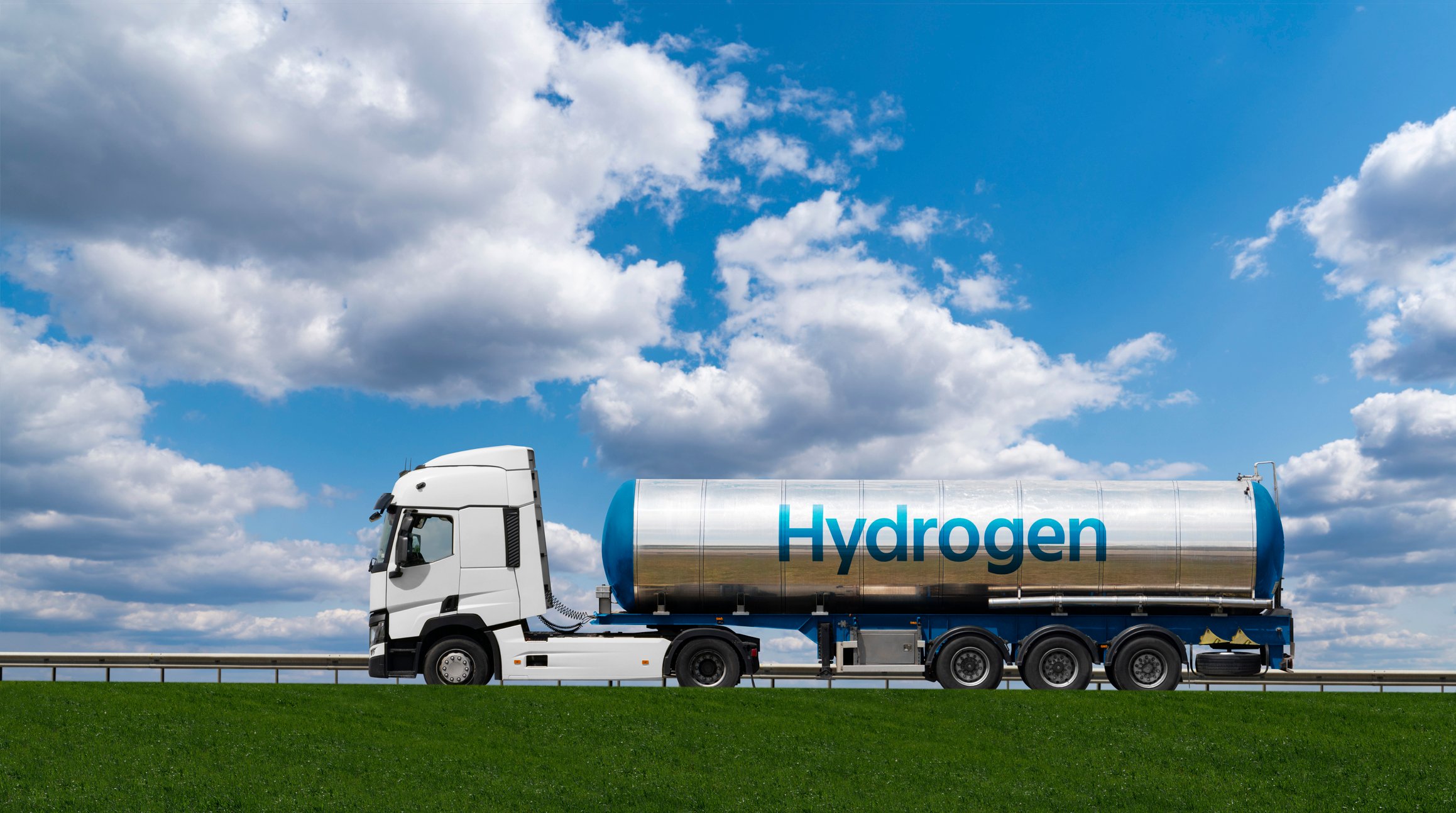China's growing military ambitions have pushed it to develop a built-for-purpose, nuclear-powered aircraft carrier. The country's growing energy demands are now following the same atomic and seaward path.

Nuclear power: coming to an ocean near you? Source: Jeremy Atherton/ Wikimedia Commons.
That's right; China wants to develop floating nuclear power plants -- and it's joining forces with Russia to make it happen. The latter has already laid out ambitious plans for the unproven concept, but has been smacked with setbacks and cost overruns. While China may hold a big enough checkbook to see development through, some may wonder if offshore nuclear holds a place in the future of atomic energy, especially with novel and seemingly more feasible designs being pursued by General Electric Company (GE +2.27%), Babcock & Wilcox (BWC +4.28%), and even Bill Gates.
Say what?
While floating nuclear power plants seem outrageous enough to most, the prospects of Russia and China finding common ground for a massive energy deal seemed exponentially slim just one year ago. Yet, despite a relatively shaky energy relationship in recent years, the two countries have been cozying up since late spring when a $400 billion natural gas supply deal was finalized. Less than three months later the pair is extending its reach to offshore nuclear power. Apparently, the abundant energy reserves and know-how of Russia and the choking population and air of China were all the common ground needed to forge a deal.
Russia has plans of its own before China gets involved. Nuclear leader Rosatom aims to deploy the world's first floating nuclear power plant in Russia's eastern city of Vilyuchinsk in 2018. The facility will have two nuclear reactors, each about 35 MWe, and sport a planned lifetime of 38 years -- roughly in line with traditional nuclear facilities. However, the floating facility will be built on a massive barge and moored to the shoreline, which will inevitably forfeit some of the major safety advantages of a floating facility in the first place.

Source: World Nuclear Association.
In 2019 Rosatom and China will begin developing up to six offshore nuclear facilities. While details have yet to be announced, Russia's original national blueprints called for floating nuclear power plants with up to 650 MWe of capacity. Whether or not reactors combine for that output will depend on the location of each new facility, but the scrapped plans do hint at power plants much larger than what is planned for 2018.
Is this the future of nuclear power?
At a time when General Electric and Hitachi are plowing ahead with novel Generation IV designs that consume nuclear waste, floating nuclear power may seem like quite the head-scratcher. It's expensive and time-consuming enough to develop novel reactor designs onshore, so why take concepts offshore? Similarly, many atomic energy leaders such as Babcock & Wilcox are moving toward smaller, modular nuclear reactors, which would also represent a solution for remote regions and large industrial complexes -- two major markets for floating designs.
However, it's important to note that two factors inflating the high cost of construction for new nuclear power plants are land and insurance. Facilities must be built close to bodies of water, which typically support higher real estate prices and larger populations, therefore making insurance costs exorbitantly high. A nuclear power plant towed offshore and surrounded by inexpensive real estate in the open ocean would not face the same problems. Additionally, in the event of an accident the core could easily be flooded with an endless amount of cold seawater. Decommissioning would also be much easier since reactors could be towed to a centralized location -- restoring the natural environment to normal nearly instantly.
The concept is actually not that new. Similar designs have been developed in the United States by researchers at Westinghouse and MIT, although the latter proposes building floating nuclear power plants far offshore and with reactor cores fully submerged -- both for added safety over the first Rosatom design.
In addition to increased safety, there's substantially more ocean available for nuclear power development than land. That's potentially great news for the planet, which will need an expedited build-out of its atomic energy capacity to make the nearly overnight changes required to stem climate change and reduce carbon dioxide emissions. It may seem foreign now, but offshore nuclear may be the norm for energy generation by mid-century.
Foolish bottom line
Russia is obviously attempting to divest from the West (or at least increase its investment in the East) after the growth-restricting sanctions slapped on its economy over its role in the Ukrainian upheaval. However, floating nuclear power plants could provide real and meaningful energy capacity for Chinese cities and industry in a relatively short amount of time. In the longer term, similar concepts may even be deployed in the United States next to novel, next-generation reactor designs by General Electric and Babcock & Wilcox. It may be our only real hope to quickly stabilize the atmosphere's carbon imbalance.







